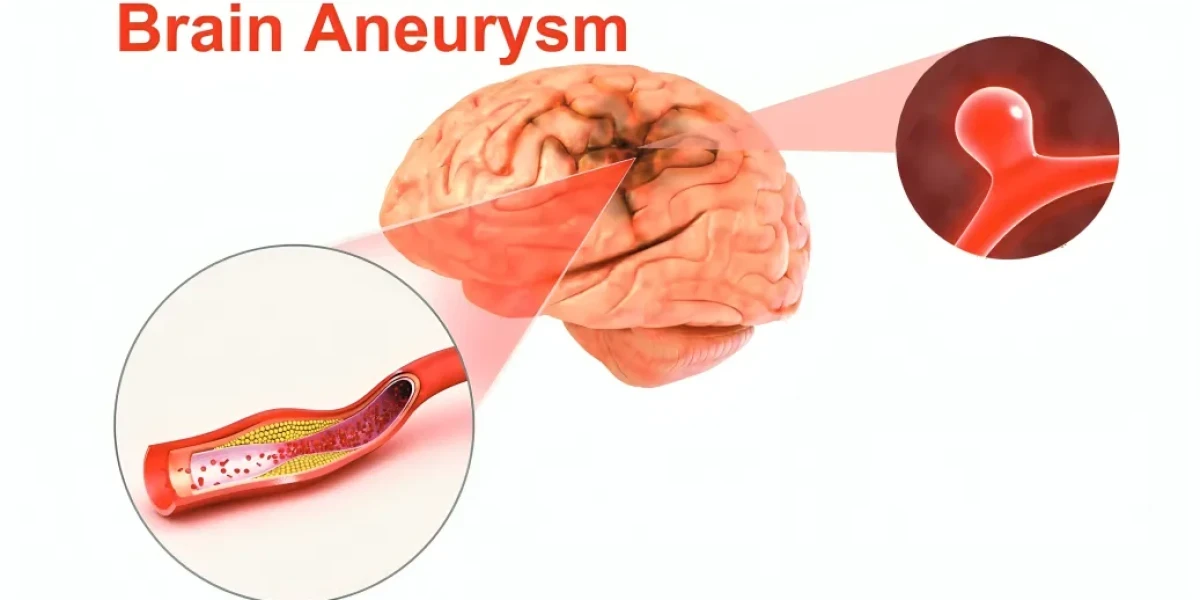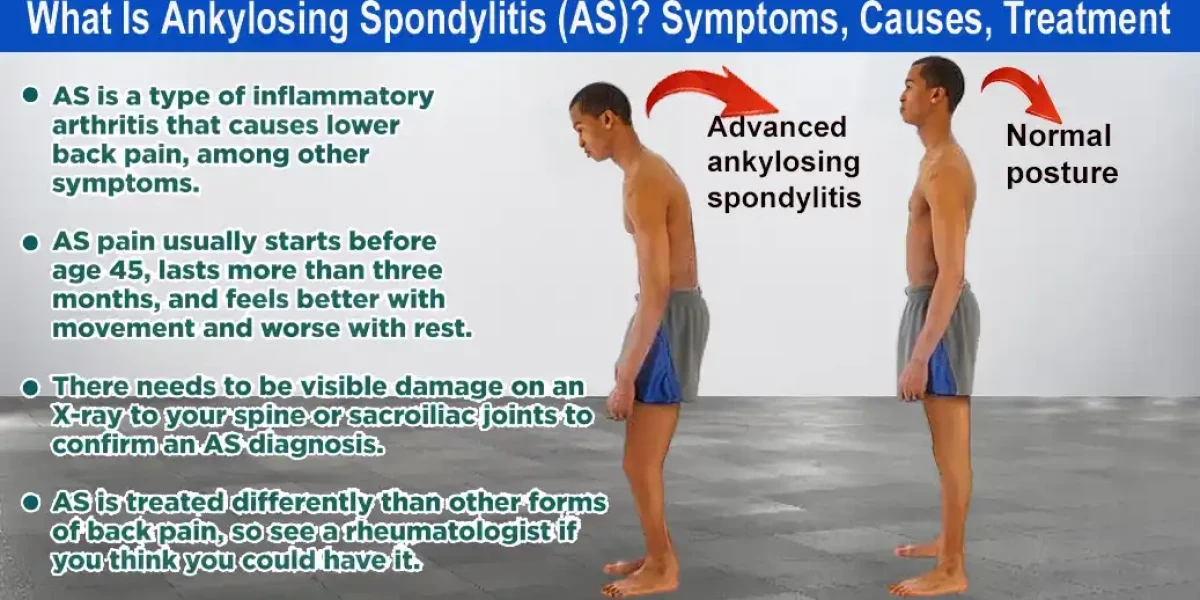Introduction
Anorexia nervosa, a complex and often misunderstood eating disorder, silently affects millions of lives worldwide. Beyond its physical symptoms, anorexia severely impacts mental health, relationships, and overall well-being. In this article, we delve into the intricacies of anorexia nervosa, shedding light on its causes, symptoms, and available treatments.
What Is Anorexia Nervosa?
Anorexia nervosa is a serious mental health condition characterized by relentless pursuit of thinness, fear of weight gain, and distorted body image. Individuals with anorexia engage in extreme behaviors to achieve and maintain low body weight, often leading to severe malnutrition and physical complications. The disorder primarily affects adolescents and young adults, but it can emerge at any age.
Key Features of Anorexia Nervosa:
- Caloric Restriction: People with anorexia severely limit their food intake, leading to significant weight loss.
- Body Image Distortion: An intense fear of gaining weight persists, even when the person is underweight.
- Self-Induced Behaviors: Bingeing, purging, excessive exercise, and other harmful practices are common.
- Physical and Emotional Impact: Anorexia impacts not only physical health but also mental well-being, relationships, and everyday activities.
Signs and Symptoms
Anorexia nervosa, an insidious eating disorder, silently infiltrates lives, leaving a trail of physical and emotional devastation. Recognizing its signs and symptoms is crucial for early intervention and compassionate support. Here’s what to look out for:
- Extreme Weight Loss: Rapid and significant weight loss, often despite being underweight or within a normal weight range.
- Obsession with Food: Daily life is consumed by incessant thoughts about food, calorie counting, and weight management.
- Compulsive Exercise: Excessive physical activity, even when fatigued or injured, becomes routine.
- Distorted Body Image: Perceiving oneself as overweight, regardless of actual weight, leading to intense fear of gaining more.
- Physical Fatigue: Persistent tiredness and weakness due to malnutrition.
- Hair Thinning or Loss: Brittle hair that breaks easily or falls out.
- Menstrual Irregularities: Absence of periods (amenorrhea) in females due to hormonal imbalances.
- Cold Intolerance: Feeling excessively cold due to reduced body fat and energy reserves.
- Emotional Distress: Anxiety, depression, and feelings of worthlessness.
Causes
Anorexia nervosa emerges from a complex interplay of factors:

- Genetic Predisposition: Family history plays a role, with certain genetic variations increasing susceptibility.
- Neurochemical Imbalance: Dysfunction in neurotransmitters like serotonin, norepinephrine, and dopamine contributes to distorted eating behaviors.
- Psychological Factors:
- Body Dissatisfaction: Frequent thoughts about an “ideal” appearance.
- Perfectionism: Setting rigid standards for weight and shape.
- Anxiety Disorders: Social anxiety, generalized anxiety, and obsessive-compulsive tendencies.
- History of Dieting: Prior weight-control methods fuel the disorder.
Societal Influences and Cultural Pressures
Anorexia nervosa isn’t solely an individual struggle; it reflects broader societal norms and cultural ideals. Consider these influences:
- Western Culture: Anorexia is more prevalent in cultures that idealize thinness and equate it with success and attractiveness.
- Trauma and Bullying: Childhood adversity, teasing, and bullying contribute to body image distress.
- Modeling and Ballet: Environments emphasizing small bodies intensify the pressure to conform.
- Post-Traumatic Stress: Traumatic events, especially sexual trauma, can trigger anorexia.
- Social Attitudes: Societal messages about weight impact self-perception and behavior.
Risk Factors for Anorexia Nervosa
Anorexia nervosa, a relentless battle against self-imposed starvation, transcends mere physical appearance. Understanding the risk factors that contribute to its onset is crucial for early intervention and compassionate support. Let’s explore these factors:
- Family History of Eating Disorders:
- Individuals with close relatives (parents, siblings) who have struggled with eating disorders are at higher risk. Genetic predisposition plays a significant role.
- Shared family behaviors related to body image and weight control can perpetuate anorexic tendencies.
- Perfectionism and Obsessive Traits:
- Perfectionists, driven by rigid standards and an unyielding pursuit of thinness, are more susceptible.
- Obsessive thoughts about food, weight, and body shape fuel the disorder.
- Trauma and Emotional Distress:
- Childhood adversity, emotional abuse, and teasing contribute to body image distress.
- Trauma, especially sexual trauma, can trigger anorexia in vulnerable individuals.
- Sociocultural Influences:
- Living in environments that idealize small bodies (e.g., modeling, ballet) intensifies pressure.
- Societal attitudes about weight and appearance shape self-perception.
How Is Anorexia Diagnosed?
An accurate diagnosis involves a comprehensive approach:
- Physical Examination:
- A thorough assessment includes growth chart evaluation (for children and adolescents), cardiovascular health, lung function, and bone density.
- Signs of malnutrition, such as hair loss, brittle nails, and soft, downy body hair, are observed.
- Laboratory Tests:
- Blood tests check electrolytes, protein levels, liver and kidney function, and thyroid health.
- Electrocardiogram (ECG) assesses heart health.
- X-rays evaluate bone density.
- Psychological Evaluation:
- Mental health providers explore thoughts, feelings, and eating habits.
- Assessing body image distortion, fear of weight gain, and emotional distress is crucial.
Early diagnosis allows for timely intervention, preventing severe complications associated with anorexia nervosa. A multidisciplinary, team-based approach—combining medical, psychological, and nutritional care—is essential for effective treatment. Let’s continue to raise awareness, foster empathy, and support those silently battling this relentless disorder.
Duration of Anorexia Nervosa
Anorexia nervosa, a relentless battle against self-imposed starvation, transcends mere physical appearance. It is a chronic condition that profoundly impacts both physical and mental health. Understanding its duration and potential long-term effects is crucial for compassionate care and informed support.
The Chronic Nature
Anorexia nervosa doesn’t adhere to a fixed timeline. It persists, often silently, affecting nearly every organ and system in the body. Over time, it can lead to serious complications, some of which are life-threatening. Here’s what you need to know:
- Endocrine Issues:
- Severe malnourishment disrupts hormone production. Common complications include:
- Amenorrhea: The absence of menstrual periods due to hormonal imbalances, affecting fertility.
- Low Testosterone: In all individuals, impacting energy levels and sex drive.
- Low Growth Hormone: Stunting growth in children and teenagers.
- Appetite and Weight-Regulating Hormones: Altered levels affecting overall health.
- Malnourishment:
- Anorexia deprives the body of essential nutrients, leading to various deficits:
- Osteoporosis: From calcium and vitamin D deficiency, increasing fracture risk.
- Skin Health Issues: Dryness, brittle nails, and hair loss.
- Organ Health: Heart, liver, and kidney complications.
- Psychological Impact:
- Neurotransmitters like dopamine and serotonin are altered in chronic anorexia.
- Mental states change, leading to depression, anxiety, and impaired decision-making abilities.
Treatment and Medication
Anorexia nervosa therapy is comprehensive, tackling both mental and physical components. Here are the key components:
- In-Patient Hospital Care:
- For severe cases, hospitalization may be necessary to stabilize acute health problems.
- Indications include extreme malnutrition, electrolyte disturbances, and acute food refusal.
- Therapies:
- Psychotherapy: Tailored to the individual, it helps recognize underlying issues and cope with emotions.
- Nutritional Counseling: Restoring weight and implementing a meal plan.
- Medication: Antidepressants (e.g., fluoxetine) to reduce depression symptoms.
- Multidisciplinary Approach:
- A team of medical providers, mental health professionals, and dietitians work together.
- Continuous medical care, regular therapy, and nutritional counseling are essential.
Prevention
Anorexia nervosa, a ceaseless struggle against voluntary starvation, requires our focus not only on treatment but also on prevention. While we cannot eliminate all risk factors, we can empower individuals with knowledge, resilience, and self-compassion. Let’s explore strategies to prevent anorexia:
- Promote Positive Body Image:
- Encourage self-acceptance and appreciation for diverse body shapes and sizes.
- Talk openly about the amazing things our bodies can accomplish beyond appearance.
- Healthy Eating Habits:
- Move the emphasis from limiting diets to feeding our bodies well.
- Emphasize balanced meals, mindful eating, and intuitive cues.
- Boost Self-Esteem:
- Engage in activities that build confidence and self-worth.
- Encourage hobbies, academics, and volunteer work unrelated to appearance.
- Challenge Societal Messages:
- Analyze media and societal pressures that perpetuate unrealistic beauty standards.
- Urge critical thinking about messages related to weight, exercise, and appearance.
Complications of Anorexia
Anorexia nervosa adversely impacts both physical and mental well-being, resulting in significant health complications:
- Heart Problems:
- Arrhythmias, slow heart rate, and mitral valve prolapse are common.
- Severe malnutrition weakens the heart muscle, risking heart failure.
- Bone Loss (Osteoporosis):
- Even teenagers with anorexia can develop early bone thinning and bone weakness.
- Bone density loss may be permanent, increasing fracture risk.
- Mental Health Issues:
- Cognitive deficits, brain atrophy, and damaged gray and white matter persist.
- Depression, anxiety, and emotional distress are intertwined with anorexia.
Conclusion
Preventing anorexia requires a collective effort. Let’s foster a culture that values self-acceptance, resilience, and empathy. Early intervention remains crucial, but prevention is equally vital. By promoting positive body image, healthy habits, and self-esteem, we can create a world where individuals thrive, free from the silent struggle of anorexia nervosa. 🌟
FAQ's
What must the treatment of anorexia nervosa include?
The treatment of anorexia nervosa must include a comprehensive and multidisciplinary approach involving medical care, nutritional counseling, and psychotherapy. Medical care is crucial to address any physical health issues resulting from malnutrition. Nutritional counseling helps in the gradual restoration of a healthy weight and the establishment of normal eating patterns. Psychotherapy, particularly cognitive-behavioral therapy (CBT), is essential for addressing the underlying psychological issues and improving self-esteem and body image.
What is the first treatment objective when treating a patient with anorexia nervosa?
The first treatment objective when treating a patient with anorexia nervosa is to stabilize the patient’s physical health and address any life-threatening medical conditions. This typically involves restoring a safe and healthy body weight, correcting nutritional deficiencies, and managing any medical complications arising from severe malnutrition.
What is the most serious complication of anorexia nervosa?
The most serious complication of anorexia nervosa is multi-organ failure due to severe malnutrition. This can lead to life-threatening issues such as cardiac arrhythmias, electrolyte imbalances, and severe hypotension. The risk of death from medical complications or suicide is also significantly higher in individuals with anorexia nervosa compared to the general population.
Which of the following drugs is approved for treatment of anorexia nervosa?
As of now, there are no drugs specifically approved by the FDA for the treatment of anorexia nervosa. Treatment primarily focuses on nutritional rehabilitation and psychotherapy. However, medications such as antidepressants or antipsychotics may be used to treat co-occurring mental health conditions like depression or anxiety that often accompany anorexia nervosa.
Which criterion is not required for a diagnosis of anorexia nervosa?
The criterion that is not required for a diagnosis of anorexia nervosa is the presence of a distorted body image as the sole diagnostic factor. While a distorted body image and an intense fear of gaining weight are common features of anorexia nervosa, the diagnosis also requires evidence of significantly low body weight and restrictive eating behaviors. The diagnosis is based on a combination of psychological, behavioral, and physical criteria.
Important Notice:
The information provided on “health life ai” is intended for informational purposes only. While we have made efforts to ensure the accuracy and authenticity of the information presented, we cannot guarantee its absolute correctness or completeness. Before applying any of the strategies or tips, please consult a professional medical adviser.













